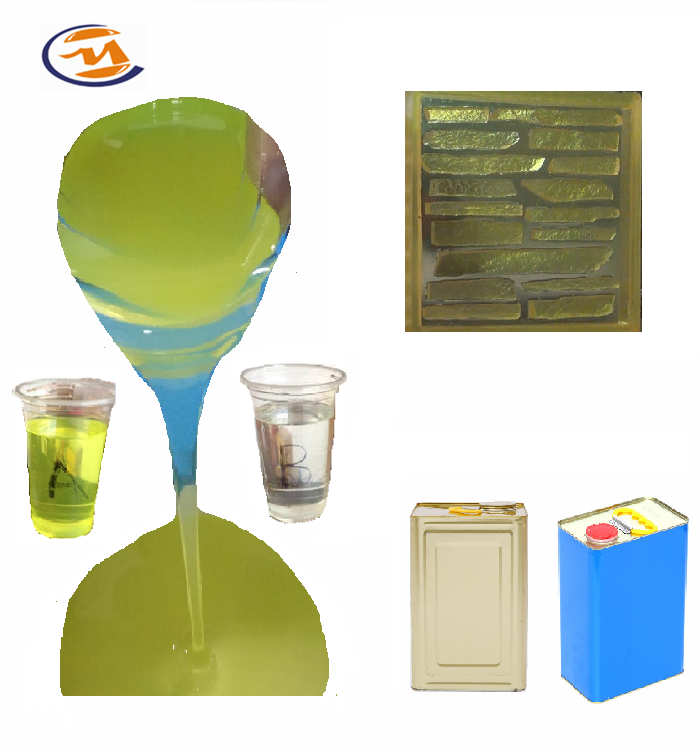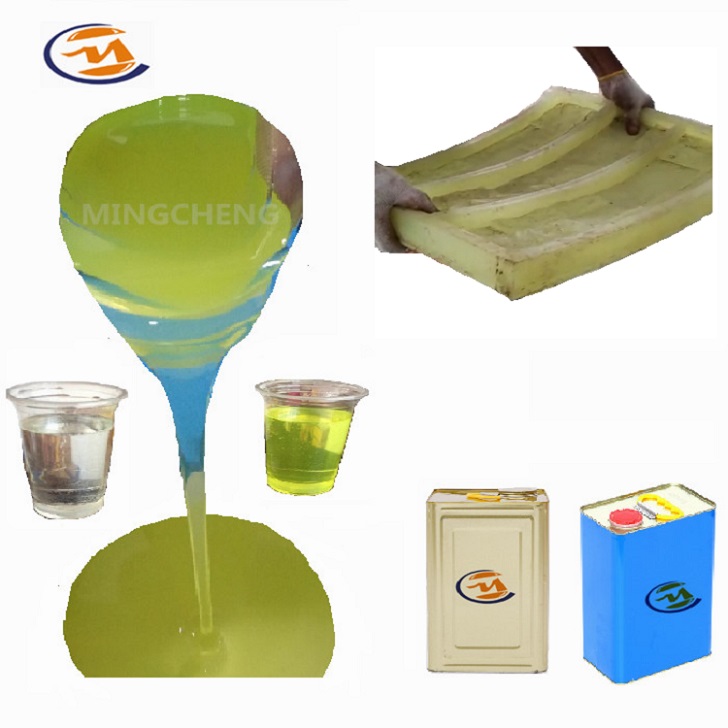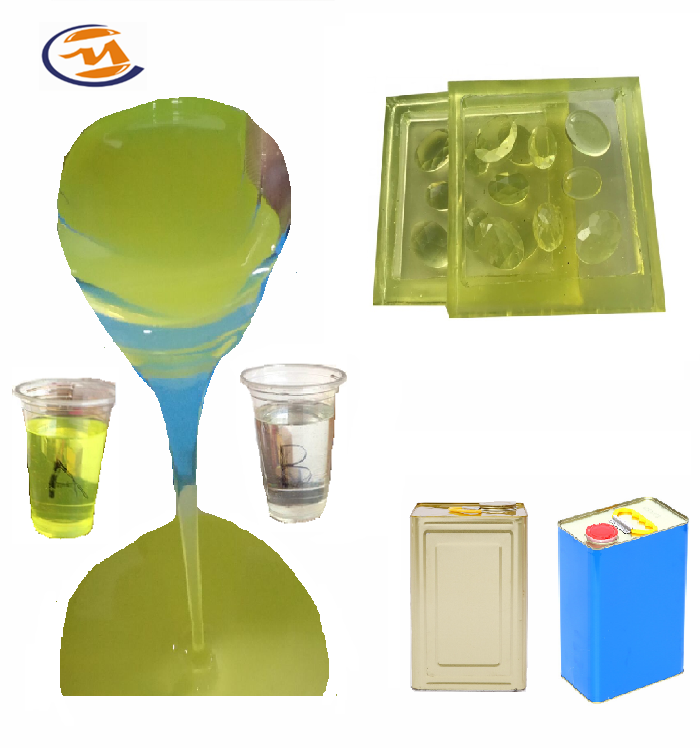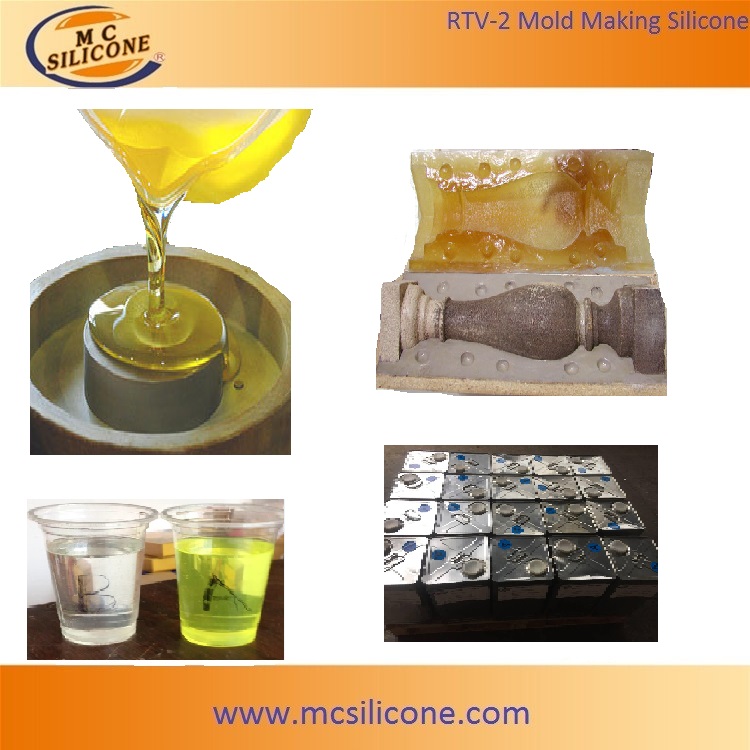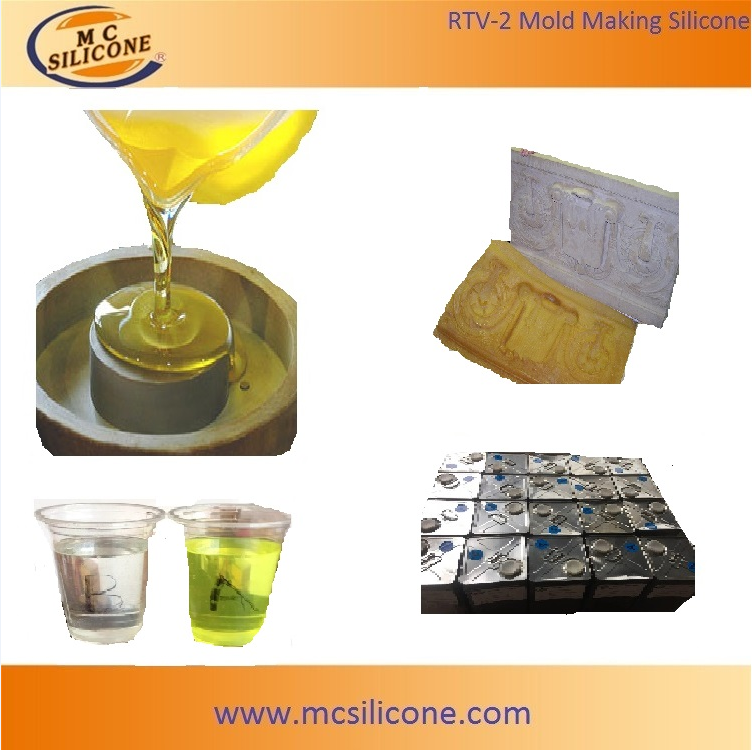Product Categories
-
- RTV-2 Liquid Silicone Rubber (22)
- Liquid Polyurethane Rubber (8)
- Electronic Potting Silicone (6)
- Clear Epoxy Resin (3)
- Silicone Fluids (3)
- Other Products (7)
- Silicone Putty (3)
- Silicone Sex Dolls (2)
Contact Details
-
- Email : info@mcsilicone.com
- Phone : 86-769-82693920
- Fax : 86-769-82606808
- Address : No.3, Chuang Ye 2nd Rd., He Lu Industrial Zone, Huang Jiang, Dong Guan, GuangDong
60 Shore A High Strength RTV Liquid Polyurethane Mold Rubber For Concrete Casting
-
60 Shore A High Strength RTV Liquid Polyurethane Mold Rubber For Concrete Casting
Brand Name MC Product Origin Dongguan,China Delivery Time 3-5 DAYS AFTER WE GET THE PAYMENT Supply Ability 4 tons per day Product Description
High Strength 1:1 Two-Component Polyurethane Liquid Rubber For Making Wall Tile Concrete Stamping Molds
Description
Polyurethane liquid rubber consists of A&B component, B is curing agent, and A is polyurethane prepolymer.
can be used as a concrete or cement stamping mold as well as for making hard durable rubber parts for machinery or automotive applications.
There are many different formulations of polyurethane rubbers for mould making. The polyurethane casting rubber can be pure or filled with special mineral charges. Are available different hardness from 40 Shore A to 80 or 90 Shore A.
Applications
MC liquid polyurethane rubber is developed to make molds for casting gypsum concrete products. This item is well suited for use as a rubber case mold, especially large case molds where extra rigidity is required. Because of its durability and moisture resistant properties.
MC liquid polyurethane rubber is also can be used by zoos and museums for a variety of mold making display and exhibit applications. It features a convenient mix ratio and contains no mercury.
Other applications include making plaster/gypsum block molds, reproducing ornamental plaster (architectural restoration), pre-cast concrete molds, GRC and GRP molds, casting waxes, etc.
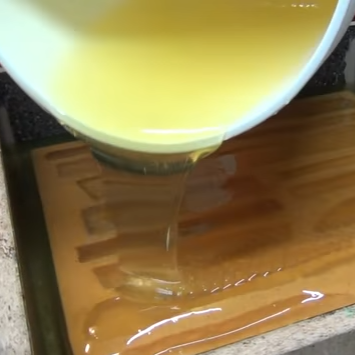
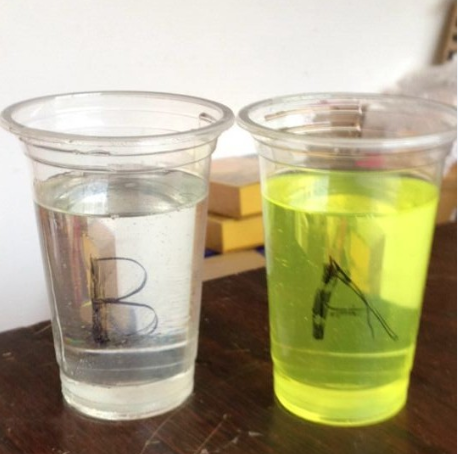
Features of Liquid Polyurethane Rubber for Molding & Casting:
*Fluid liquid
*Cold curing
*Easy to use
*Casting bicomponent rubber
*No linear shrinkage
*Excellent mechanical resistance
*High tearing strength
*Long life of the mouldsPhysical Properties
A
Type MCPU-60A Appearance Colorless or light yellow transparent liquid Viscosit(y 30℃)mPa·s/ 2500±300 B
Type MCPU-60B Appearance Light yellow liquid Viscosity(30℃)/mPa·s 560±200 Ratio A:B(mass ratio) 1:1 Operation temperature/℃ 25-40 Gel time(30℃)*/min 25-35(variable) Appearance Light yellow Hardness (shore A) 60±3 Tensile strength/MPa 5-8 Elongation at break/ % 300-400 Tear strength/(kN/m) 20-25 Rebound/ % 30-35 Specific gravity(25℃)(g/ cm3) 1.18 Measuring & Mixing
Liquid urethanes are moisture sensitive and will absorb atmospheric moisture. Mixing tools and containers should be clean and made of metal or plastic. Materials should be stored and used in a warm environment (23°C-25°C).
IMPORTANT: Stir Part B thoroughly before dispensing. After dispensing equal amounts of Parts A and B into mixing container, mix thoroughly forat least 3 minutes making sure that you scrape the sides and bottom of the mixing container
Package available in 20kg per drum. 320kg or 640kg per pallet.
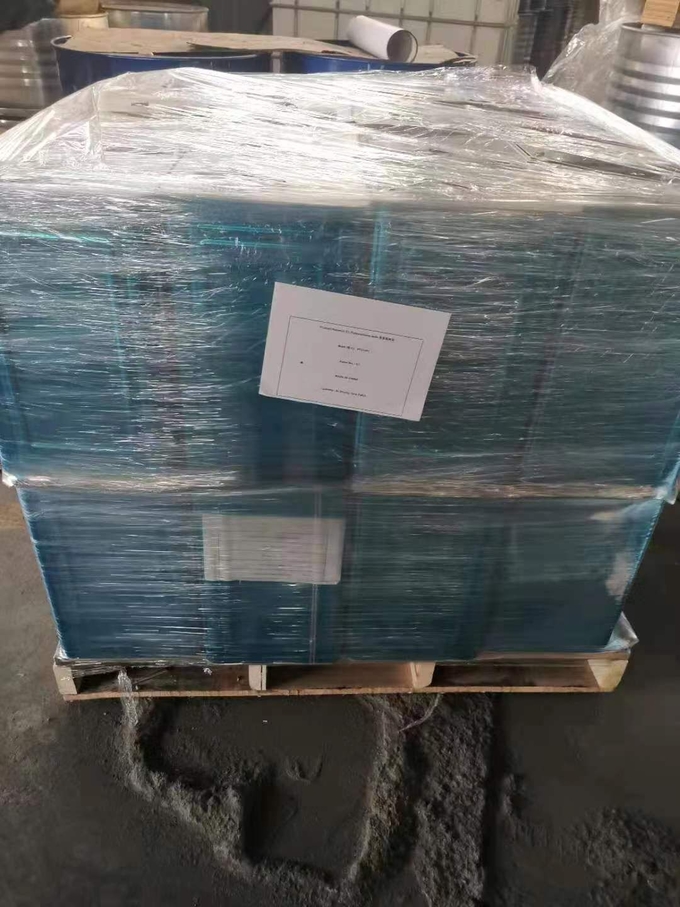
Storage
Store in cool and dry place. If you can’t use one drum up at a time, please inject N2.The storage time of original packing is 6 months.
Tips:
Always wear a respirator or self –contained breathing apparatus when working with urethanes.
Use between 65F and 75F in a humidity-controlled environment.
AeroMarine Products Concrete Molding and Stamping Rubber 75A Urethane is moisture sensitive.
Use only clean plastic and/or metal mixing utensils and containers.
Do not use paper or wood.
Re-cap the bottles immediately after use.
Extend-It aerosol nitrogen blanket can be used to protect the product from moisture contamination.
Never mix less than about 3 ounces of product, as this ratio is hard to measure and will take longer to cure as the exothermic reaction does not generate much heat at this volume.
Avoid mixing with drill motors because of the friction they generate, mixing with electric drills can start the exothermic cure process and cause the product to cure in the mixing container.
It is always best to mix the material by hand, with a plastic or metal mixing utensil.
Don’t vary the mix ratio. Unlike some polyester resins, altering the mix ratio to vary the cure cycle will not work with urethanes.
Mix in clean plastic containers. Paper cups and wooden mixing utensils may contain moisture which can adversely affect the urethane rubber. Avoid waxed paper cups because the wax may melt and contaminate the rubber.
Air bubbles in urethanes are almost always caused by moisture. Do everything possible to avoid moisture getting into the mix. Replace the lids onto the containers promptly after use. Do not use the urethane rubber during rainy days or times of high humidity. Avoid pouring against an unsealed water based product such as plaster or hydrocal. Seal plaster or hydrocal with a product like Krylon Clear Acrylic.
Avoid mixing a large batch- The larger the batch, the more exotherm or heat is generated in the cure cycle. If you are making a large mold, mix small batches to make the process more manageable.
Shake or stir well before use- The liquid components may settle in the containers during storage. Shake or stir the components separately and thoroughly before mixing. Let it sit a few minutes to let any bubbles rise to the surface after shaking the container.Storage
Store in cool and dry place. If you can’t use one drum up at a time, please inject N2.The storage time of original packing is 6 months.
production.

